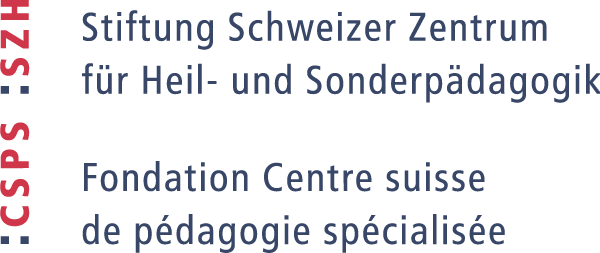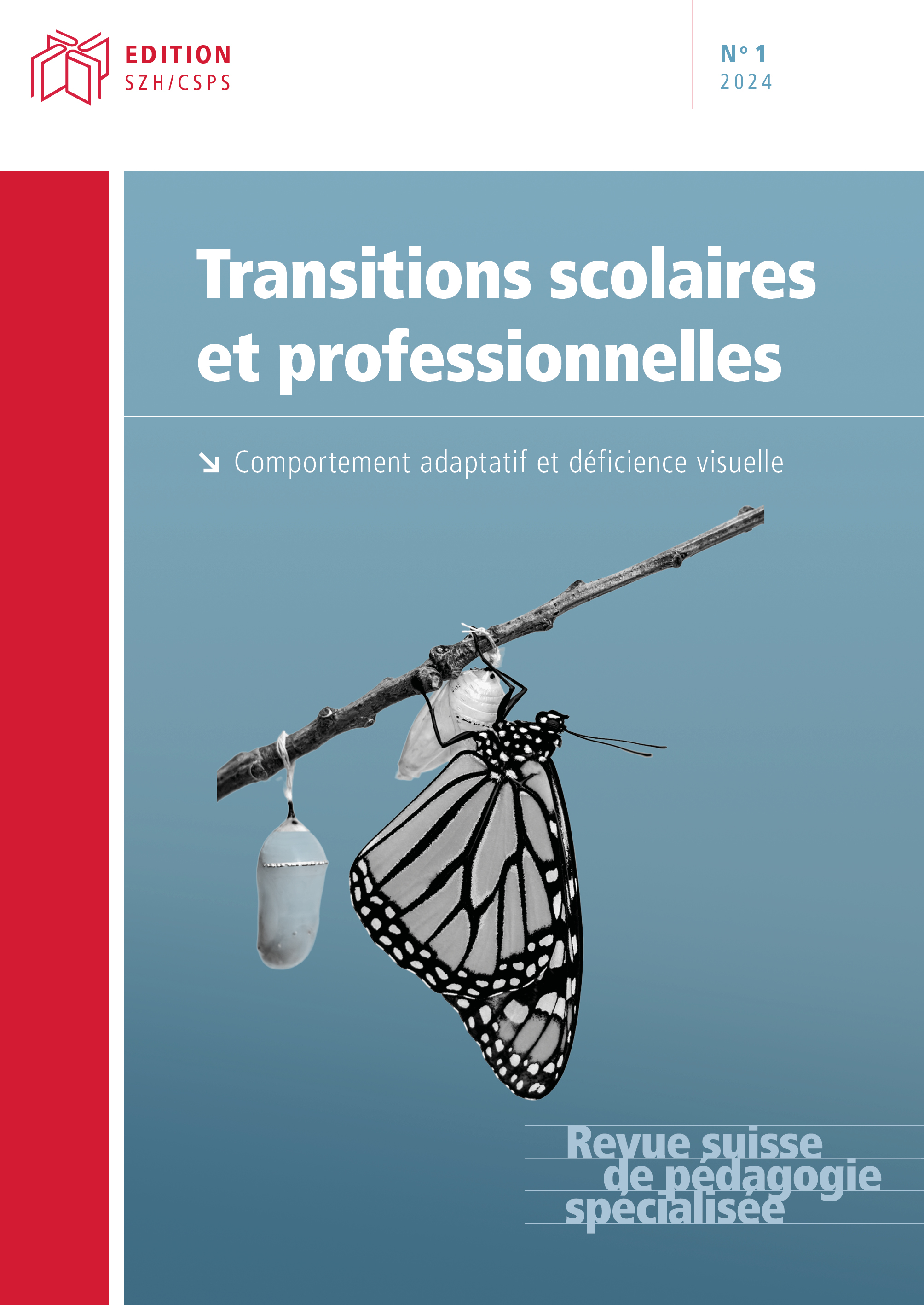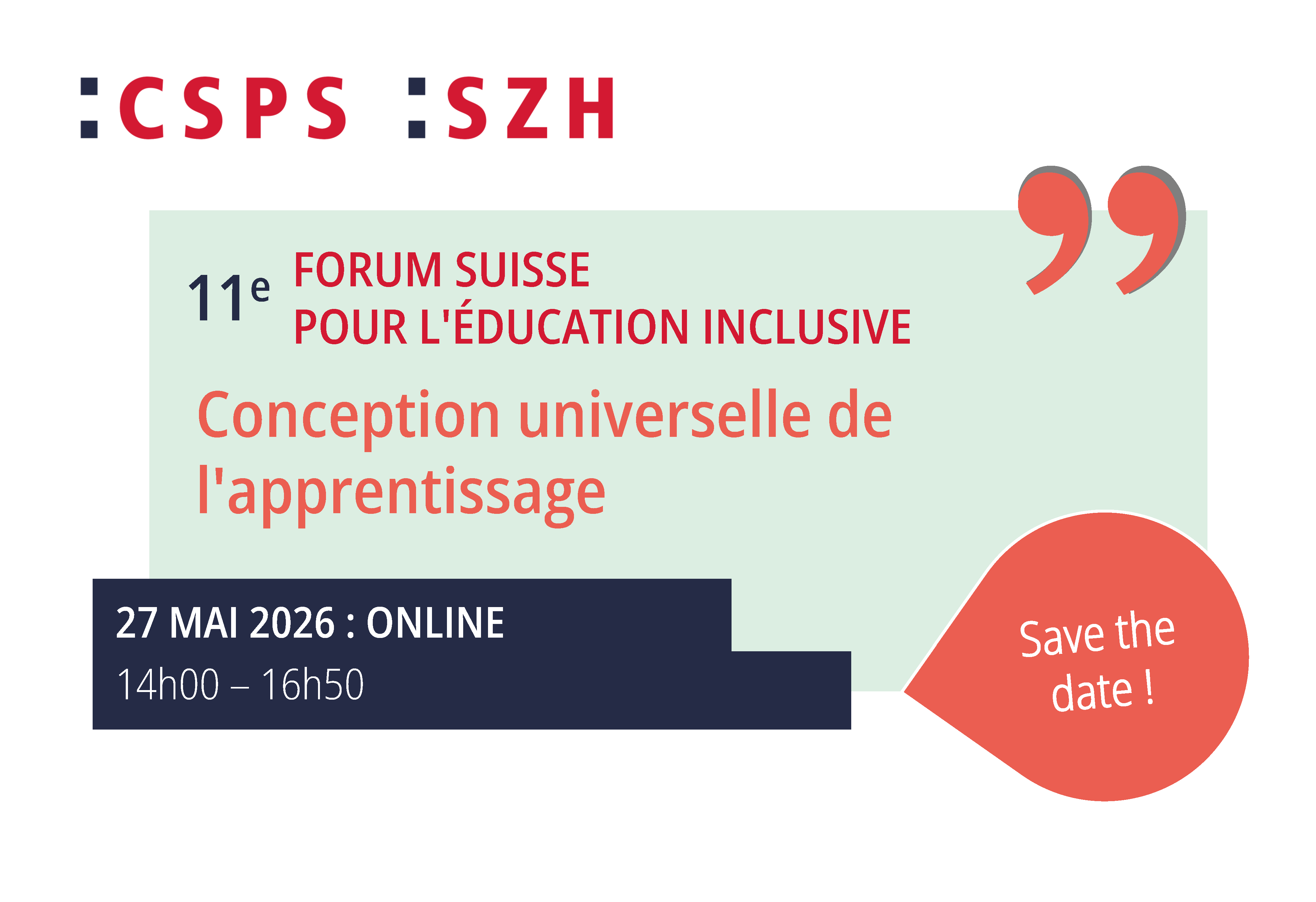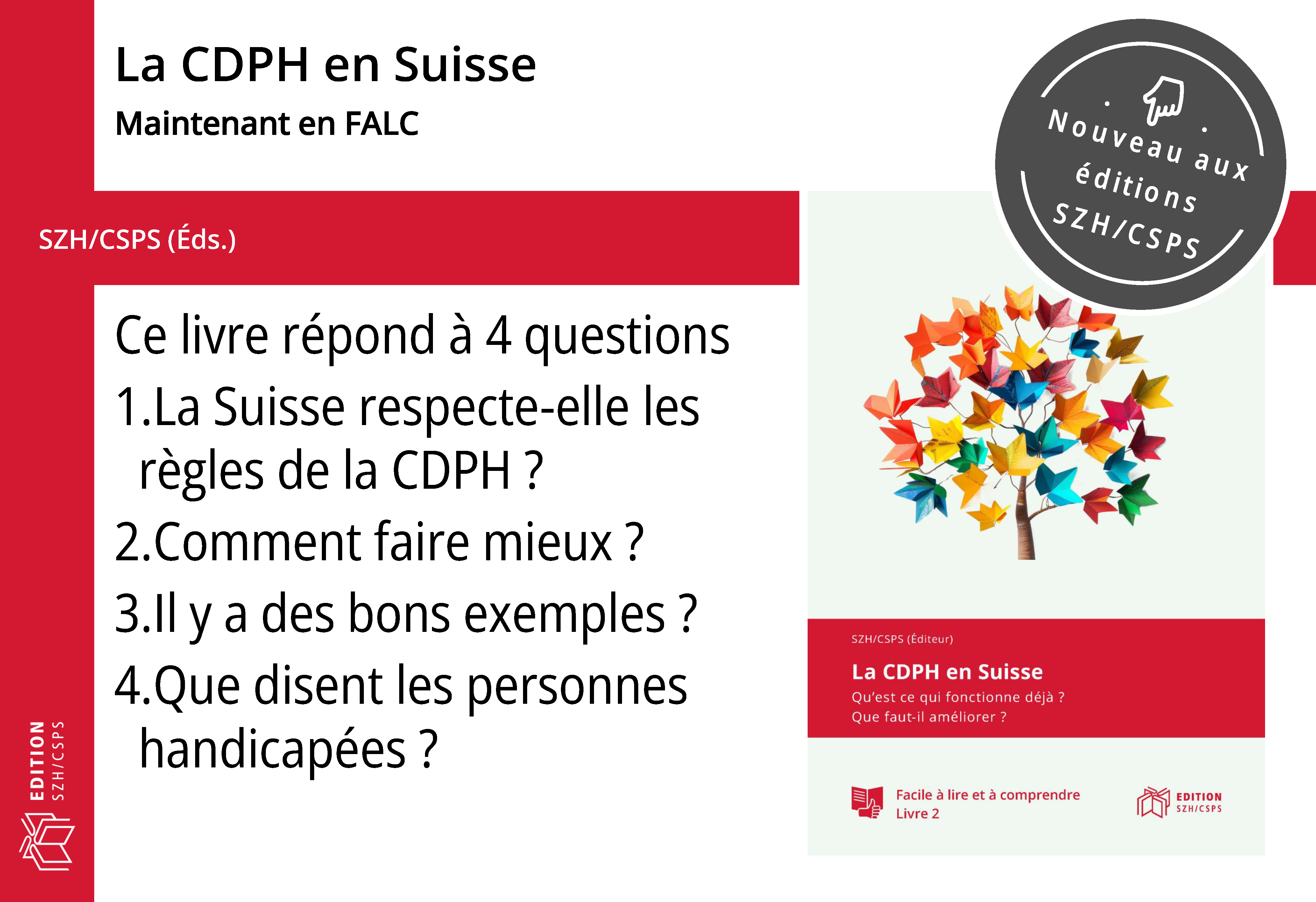Le comportement adaptatif des enfants et des jeunes présentant une déficience visuelle
Examen de la portée (Scoping Review)
DOI :
https://doi.org/10.57161/r2024-01-08Mots-clés :
comportement adaptatif,, déficience visuelleRésumé
La déficience visuelle, qui se manifeste sur un spectre allant de la basse vision à la cécité totale, peut impacter le comportement adaptatif de manière variable. En ce sens, l’évaluation du comportement adaptatif (CA) à partir d’instruments validés peut être utile dans le contexte de l’intervention comme dans la recherche, car elle permet de situer les individus par rapport à la norme et de déterminer les apprentissages prioritaires. Cet article vise à présenter une synthèse des connaissances scientifiques issues d’une revue de littérature (scoping review) ayant analysé neuf articles portant spécifiquement sur ce thème. L’analyse des articles a permis de mettre non seulement en évidence des tendances de CA souvent plus bas que les pairs voyants, mais aussi d’identifier les sous-domaines qui représentent des forces.
Références
* Les références précédées par un astérisque ont été analysées dans cette revue de littérature.
*Bathelt, J., de Haan, M., & Dale, N. J. (2019). Adaptive behaviour and quality of life in school-age children with congenital visual disorders and different levels of visual impairment. Research in Developmental Disabili-ties, 85, 154–162. https://doi.org/10.1016/j.ridd.2018.12.003
Bless, G., & Orthmann-Bless, D. (2022). Rapport final sur la situation actuelle des enfants malvoyants/sourdaveugles en Suisse. Une étude réalisée dans le cadre de REVISA – dépistage et reconnaissance des déficiences visuelles à l’âge (pré)scolaire. Institut de pédagogie curative de l’Université de Fribourg. https://www.ucba.ch/fileadmin/pdfs/Forschung/Forschung_FR/Forschungsberichte/Schulalter/Orthmann_Bless_D.__Bless_G.__2022__REVISA_La_situation_actuelle.pdf
Brian, A., Starrett, A., Pennell, A., Haibach-Beach, P., Gilbert, E., Stribing, A., Miedema, S. T., & Lieberman, L. (2021). Longitudinal locomotor competence and body mass index across self-reported gender and vision level for youth with visual impairments: A 3-year investigation. Adapted Physical Activity Quarterly, 38(2), 268–285. https://doi.org/10.1123/apaq.2020-0082
Caron, V., Allegranza, L., Lieberman, L., & Haibach-Beach, P. (2023). Camp Abilities – an educational sports camp for children and youth with visual impairment: A systematic review. British Journal of Visual Impair-ment. https://doi.org/10.1177/02646196231187543
*Celeste, M. (2006). Play Behaviors and Social Interactions of a Child Who Is Blind: In Theory and Practice. Jour-nal of Visual Impairment and Blindness, 100(2), 75-90. https://doi.org/10.1177/0145482X0610000203
*Celeste, M., & Grum, D. K. (2010). Social integration of children with visual impairment: A developmental mo-del. Elementary Education Online, 9(1), 11-22. http://ilkogretim-online.org.tr
Floyd, R. G., Shands, E. I., Alfonso, V. C., Phillips, J. F., Autry, B. K., Mosteller, J. A., Skinner, M., & Irby, S. (2015). A Systematic Review and Psychometric Evaluation of Adaptive Behavior Scales and Recommendations for Practice. Journal of Applied School Psychology, 31(1), 83-113. https://doi.org/10.1080/15377903.2014.979384
*Greenaway, R., Pring, L., Schepers, A., Isaacs, D. P., & Dale, N. J. (2017). Neuropsychological presentation and adaptive skills in high-functioning adolescents with visual impairment: A preliminary investigation. Ap-plied Neuropsychology: Child, 6(2), 145-157. https://doi.org/10.1080/21622965.2015.1129608
*Grum, D. K., Kakizawa, T., & Celeste, M. (2014). Assessment of play behaviours and social interactions of two blind girls: Case studies in Japan. Anthropological Notebooks, 20(2), 61-76. https://anthropological-notebooks.zrc-sazu.si/Notebooks/article/view/191
Haegele, J. A., Brian, A., & Goodway, J. (2015). Fundamental motor skills and school-aged individuals with visual impairments: A review. Review Journal of Autism and Developmental Disorders, 2(3), 320-327. https://doi.org/10.1007/s40489-015-0055-8
Harrison, P. L., & Oakland, T. (2008). Adaptive Behavior Assessment System (2nd ed.). Western Psychologi-cal Services.
Harrison, P. L., & Oakland, T. (2015). Adaptive Behavior Assessment System (3rd ed.). Western Psychologi-cal Services.
Jonker, F., de Looff, P., van Erp, S., Nijman, H., & Didden, R. (2023). The adaptive ability performance test (ADAPT): A factor analytic study in clients with intellectual disabilities. Journal of Applied Research in Intel-lectual Disabilities, 36(1), 3-12. https://doi.org/10.1111/jar.13044
Lewis, S., & Iselin, S. A. (2002). A Comparison of the Independent Living Skills of Primary Students with Visual Impairments and Their Sighted Peers: A Pilot Study. Journal of Visual Impairment and Blindness, 96(5), 335-344. https://doi.org/10.1177/0145482X0209600505
Mosca, R., Kritzinger, A., & van der Linde, J. (2015). Language and communication development in preschool children with visual impairment: A systematic review. The South African journal of communication disor-ders, 62(1), 1-10. https://doi.org/10.4102/sajcd.v62i1.119
*Metsiou, K., Papadopoulos, K., & Agaliotis, I. (2011). Adaptive behavior of primary school students with visual impairments: The impact of educational settings. Research in Developmental Disabilities, 32(6), 2340–2345. https://doi.org/10.1016/j.ridd.2011.07.030
Munn, Z., Peters, M. D. J., Stern, C., Tufanaru, C., McArthur, A., & Aromataris, E. (2018). Systematic review or scoping review? Guidance for authors when choosing between a systematic or scoping review approach. BMC Medical Research Methodology, 18(1). https://doi.org/10.1186/s12874-018-0611-x
Organisation Mondiale de la santé [OMS]. (2023). Cécité et déficience visuelle. https://www.who.int/fr/news-room/fact-sheets/detail/blindness-and-visual-impairment
*Parson, S. (1987). Locus of Control and Adaptive Behavior in Visually Impaired Children. Journal of Visual Im-pairment and Blindness,81(9), 429-432. https://psycnet.apa.org/record/1988-37364-001
*Papadopoulos, K., Metsiou, K., & Agaliotis, I. (2011). Adaptive behavior of children and adolescents with visual impairments. Research in Developmental Disabilities, 32(3), 1086-1096. https://doi.org/10.1016/j.ridd.2011.01.021
*Pineio, C., Eleni, F., Spyridon-Georgios, S., Konstantinos, C., Foteini, C., & Eleni, C. (2019). Relationship of Motor Development to Adaptative Behavior of Children and Adolescents with Visual Impairment. European. Journal of Special Education Research, 4(4), 115-131. https://doi.org/10.5281/zenodo.3379031
Pontrelli Mecca, T., Tafla, T. L., Bueno, F. M. B., Valentini, F., Bassetto, S. A., & Teixeira, M. C. T. V. (2022). Trans-cultural adaptation of the Adaptive Behavior Assessment System (ABAS-3). International Journal of Deve-lopmental Disabilities, 1-11. https://doi.org/10.1080/20473869.2022.2137953
Schalock, R. L., Luckasson, R.., & Tassé, M. J. (2021). Intellectual disability: Definition, diagnosis, classification, and systems of supports (12th ed.). American Association on Intellectual and Developmental Disabilities.
Sparrow, S. S., Balla, D. A., & Cicchetti, D. V. (1984). The Vineland Adaptive Behavior Scales. American Guidance Service.
Sparrow, S. S., Cicchetti, D. V., & Balla, D. A. (2005). Vineland Adaptive Behavior Scales (2nd ed.). American Gui-dance Service.
Sparrow, S. S., Cicchetti, D. V., & Saulnier, C. A. (2016). Vineland Adaptive Behavior Scales, Third Edition (3rd ed.). Pearson.
van der Aa, H., Jonker, F., de Looff, P., & Didden, R. (2023). A Study into the Relationship Between Adaptive Skills and Visual Impairment in Individuals with and Without Intellectual Disabilities. Journal of Visual Impair-ment & Blindness, 117(3), 224-232. https://doi.org/10.1177/0145482x231180615
Veldhorst, C., Vervloed, M., Kef, S., & Steenbergen, B. (2022). A scoping review of longitudinal studies of chil-dren with vision impairment. British Journal of Visual Impairment, 41(3), 587-609. https://doi.org/10.1177/02646196211072432
Publiée
Comment citer
Numéro
Rubrique
Licence
© Valérie Caron, Stefania Garbellini, Geneviève Petitpierre 2024

Ce travail est disponible sous la licence Creative Commons Attribution 4.0 International .




